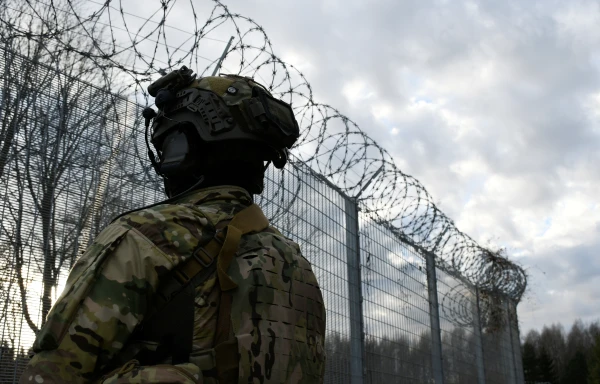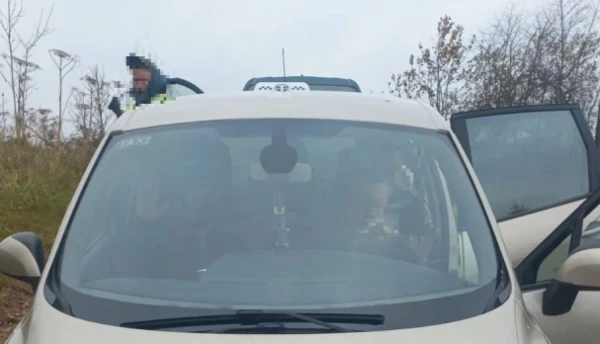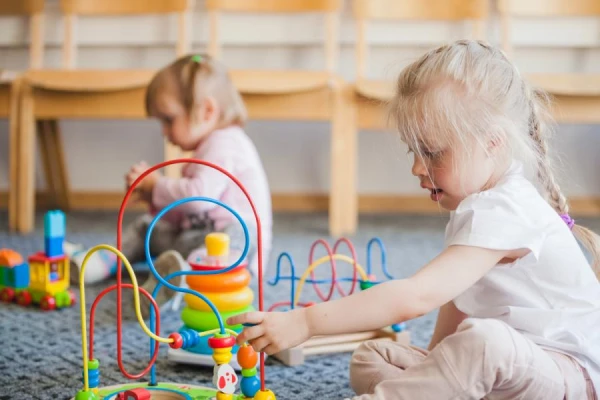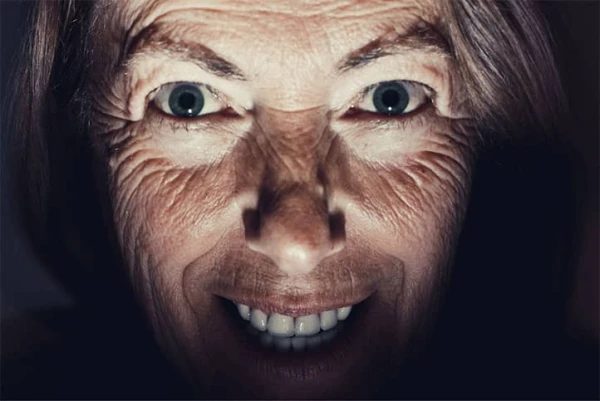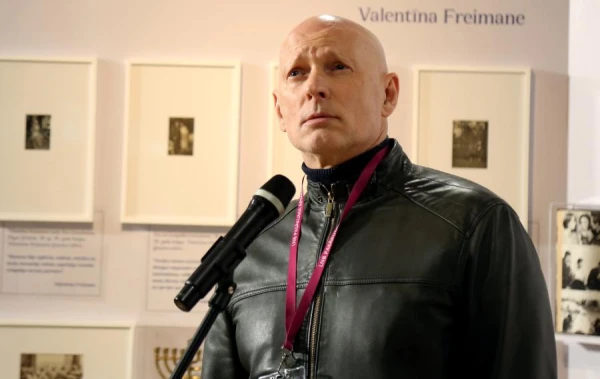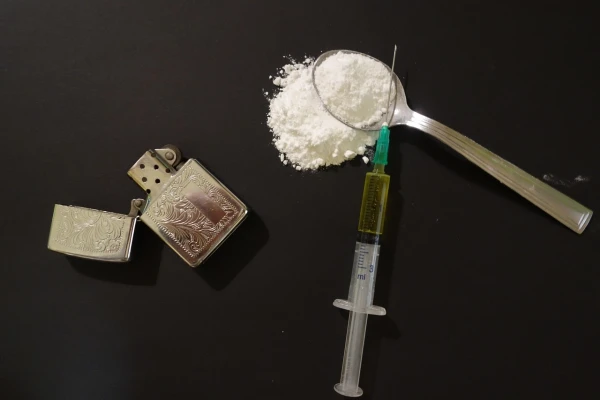
Synthetic drugs are gaining popularity among the youth, public media reports. This trend is also observed in other European countries. Police and experts note that such drugs are even more dangerous and the likelihood of overdose is higher.
The organization "Resiliences centrs" helps young people who have lost their way, such as those suffering from drug addiction. The youth openly talk about their problems, so the representative of the organization is well aware of the trends in drug use in the country.
"Shor" is made from fentanyl, and a very small amount is enough for an overdose. Therefore, there have been cases of overdose among the so-called "children from the station," because as soon as the supplier changes, the recipe changes, and the potency of the substance differs. And an overdose occurs," explained Valdis, a representative of "Resiliences centrs."
The police explain that marijuana is the most commonly used drug in the country, followed by psychotropic drugs, methamphetamine, amphetamine, and cocaine. However, there is a growing trend of synthetic drug use in Europe. Young people order them through "Telegram," "Signal," and "Snapchat." For the effect, only one-tenth of a gram is enough. In the past two weeks, about ten children have been admitted to the Children's Clinical University Hospital after using drugs. However, this is less than last summer when, on average, one child was brought to the hospital every day.
"We have not observed a significant influx of synthetic drugs so far. Although today we received a report from an institution monitoring drugs in the European Union that various synthetic drugs are coming to us, including from Germany. New benzodiazepines have appeared. Spice has also returned to the market, and something is coming from the Czech Republic," said Mark Roniš, the head of the emergency medicine center at the Children's Hospital.
At the Eastern Clinical University Hospital in Riga, about 20 patients receive help for drug addiction diagnosis each month. "Resiliences centrs" engages youth in its assistance programs starting from the age of 13. This means that their drug addiction begins in childhood. "It is most heartbreaking when you realize that this is a young person. When you understand that he did not learn to inject himself on his own, but some adult helped him," says Valdis.
